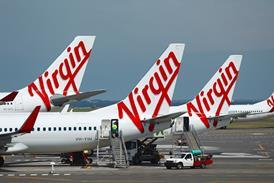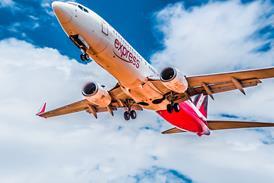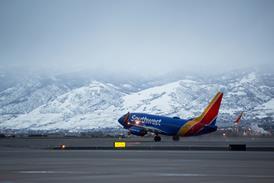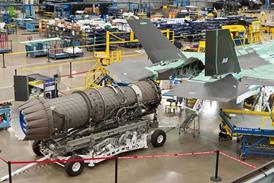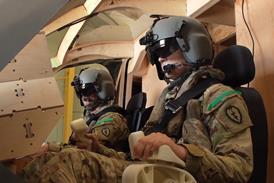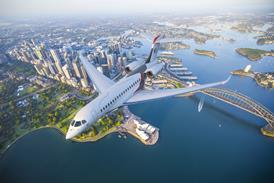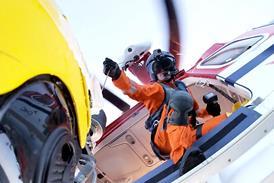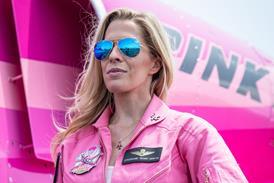The US Air Force taught Greg McGowan to fly in the waning years of the Vietnam war. He has since brought that knowledge to thousands as an instructor with FlightSafety International.
More than 75,000 pilots graduate annually from the company's 43 centres in France, the UK and USA, with 1,500 instructors in all. McGowan has been among their ranks for almost three decades and for eight years has been in charge of learning centres as vice-president of operations.
It is a big switch from flying a single helicopter with a special operations squadron into Thailand and Cambodia. McGowan has also scooped fresh satellites out of the ocean, taught at Kirtland AFB in Albuquerque on board the Sikorsky HH-53 "Super Jolly Green Giant", and sold helicopters in the Midwest for Bell and Sikorsky.
He initially aimed to be a forester and gained a degree from Southern Illinois University, later earning his Masters in systems management.
Why enlist as a helicopter pilot?
I thought that if I went to helicopter training, they'd also train me to be a fixed-wing pilot. I thought a guy with a Forestry degree who could fly fixed wing and helicopters ought to be a hot commodity later on. But I found out later that the government agencies who hire foresters couldn't care less if you flew, and the people who hire pilots for the government couldn't care less if you were a forester.
What did you do after you left the air force?
I was offered a job by FlightSafety at the brand new programme for the Bell 22 helicopter at a learning centre they were going to build in Dallas. That was in 1979 and it was among the most rewarding work I ever did because I got to put the course together with a few other people.
What changes have you seen over the years?
One is the changes in technology in the aircraft we're using. The simulators have changed. The quality of visual systems has changed so dramatically, as have the tools we use in the classroom. We can teach so much more in a shorter time.
The second is the extent to which we're regulated. Not just trying to keep up with the US Federal Aviation Administration regulations, but also the European Safety Aviation Agency and the Joint Aviation Authorities regulations are getting to be more daunting. The aircraft doesn't know where it's flying or who's flying it, but each one of the regulators tends to have their own flavour of how we're doing things. To be able to put people together from different countries in the same class and be able to teach them in a compliant fashion gets harder and harder every year.
What led to FlightSafety's recent pay boost and switch to casual dress for instructors?
We're trying to make it a more pleasant place to work so they will enjoy working with us and want to stay there.
Are maintenance instructors getting snatched up by airlines?
More recently the maintenance instructors seem to be being hired by the OEMs. A maintenance instructor understands the aircraft very well. And then they have the communication skills to be an instructor, so they are very, very good candidates to be tech reps to interact with customers.
Can aviation work through instructor shortages?
The airlines are hiring a lot of pilots and we're losing some instructors back to the airlines. We also know that many are choosing not to go back to work for the airlines for a number of reasons. It's ironic, but at the same time that there's more and more demand, our airline training business has just taken a real shot in the arm and increased dramatically.
On one hand, they'll hire our instructors away from us, on the other hand they're providing us with additional revenues. Regardless of what happens, they're going to need people trained one way or another. There's a lot of opportunity here. If they like people and like aircraft, they'll like working for FlightSafety.
For more information, visit http://www.flightsafety.com
Source: Flight International

